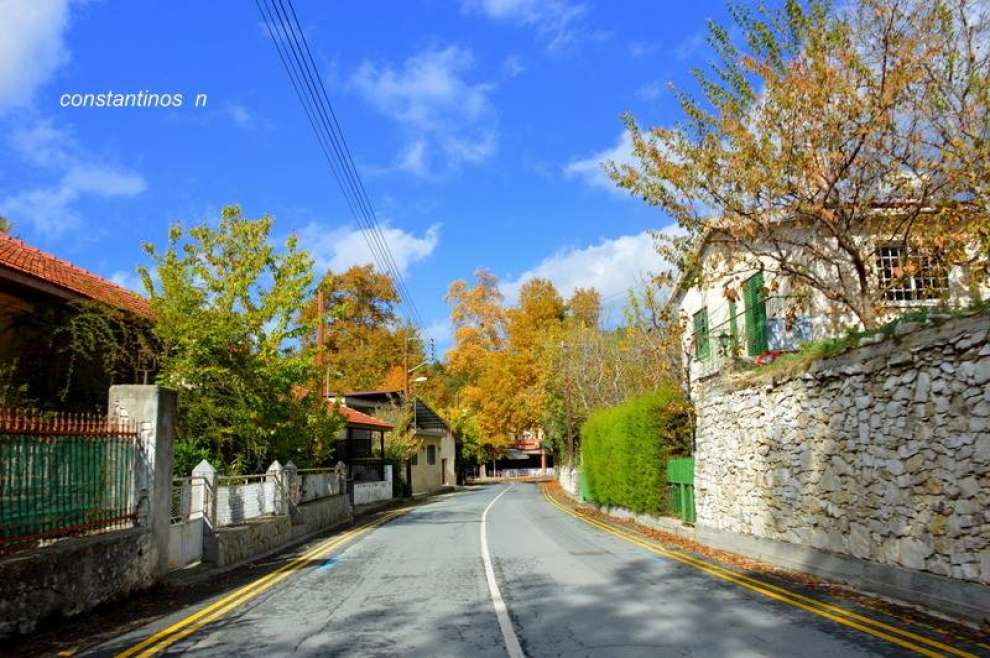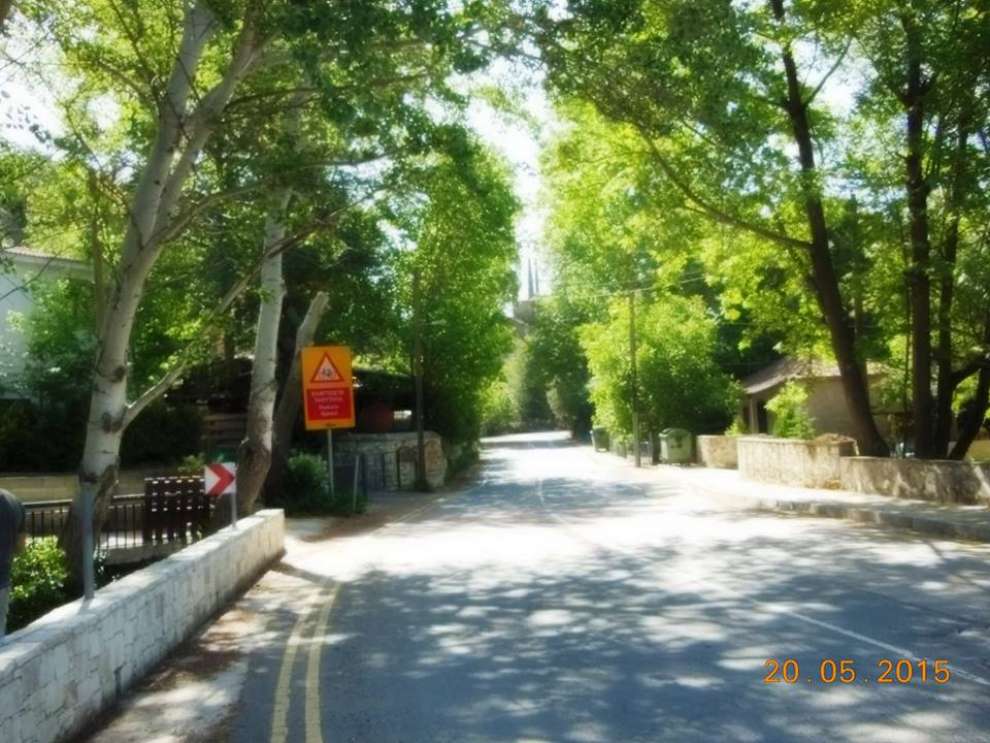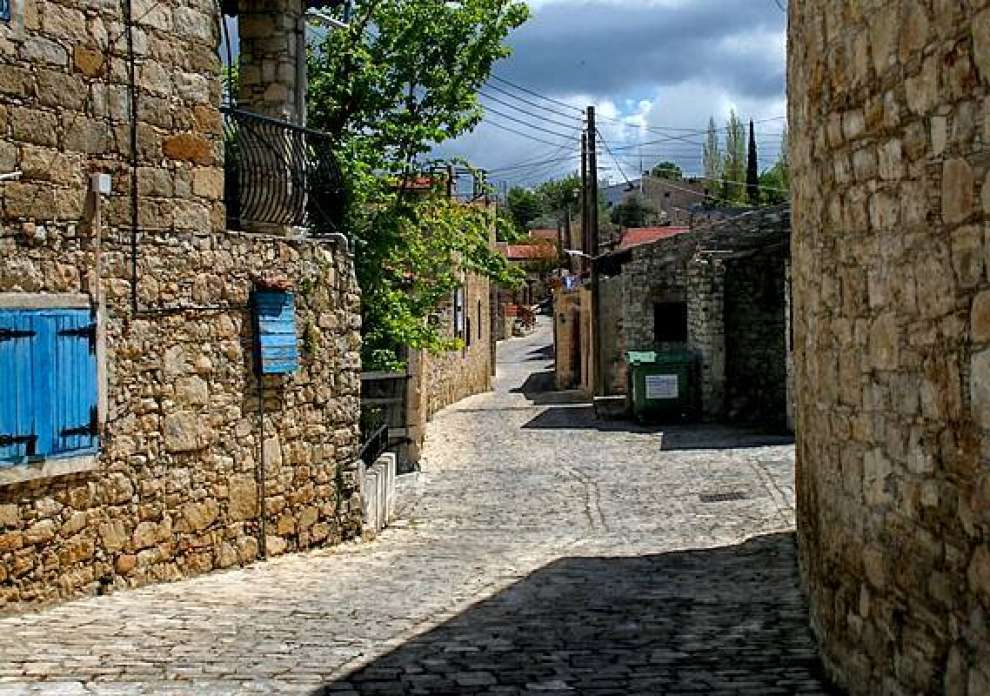Pera Pedi
The apple-producing village!
Pera Pedi is a village in the Limassol district, about 35 kilometres northwest of it and it is built at an average altitude of 770 meters. The village is crossed by the Krios (cold) river, which is a tributary of the Kouris River.
Crops and Products:
Vineyards, apple trees, pears and much more are grown in Pera Pedi. It is worth noting that it is one of the first villages that cultivated the apple tree and became known throughout Cyprus as a predominantly apple producing village.
Population:
The village has experienced many fluctuations in its population during its lifetime. In 1881 its population rose to 182 and rose again to 422 in 1946. Pera Pedi's population was reduced due to urbanization to 130 in 1982. In 1992 the village had 84 inhabitants and in 2001 it had 66 inhabitants. In the 2011 census, Pera Pedi had 120 inhabitants.
 Photo: Constantinos Neophytou
Photo: Constantinos Neophytou
The name of the village:
The name of the village is due to the fact that it is built on levelled ground ("pedion" is the second component of "oropedion", which means plateau) although it is located on a mountainous area. Therefore it is a settlement that is located "pera Pedion" ("pera" meaning across).
Historical data:
It should first be noted that the name of the village Pedion - Pedi, indicates the antiquity of the toponym, which should be dated to the Byzantine period.
According to historical evidence, Pera Pedi existed before the period of the Frankish rule. Estienne de Lusignan in the 16th century knew the existence of the village and refers to it as the place where Saint Mavri and her husband Timotheos came from.
 Photo: Panayiotis Panayiotou Arsiotis
Photo: Panayiotis Panayiotou Arsiotis
Sights and churches:
On the main square, every visitor can enjoy the coolness of the village of Pera Pedi in combination with the impressive traditional architecture of the houses. It should be noted that one of the most impressive buildings in the village is the British-built winery that now receives about three million pounds of black grapes annually from the surrounding area. Any visitor can also see the traditional watermill, which operated until the 1940s, today it is declared an Ancient Monument. While in the last years, in the village of Pera Pedi, there is a workshop for the manufacture and bottling of liqueurs.
 Photo: Λεμεσός τσιαι πάλε Λεμεσός
Photo: Λεμεσός τσιαι πάλε Λεμεσός
Additionally, in Pera Pedi you will see the church of Agios Nikolaos, built in 1796. It is worth noting that there are two portable icons in that church, that of the 16th century Virgin Mary and that of St. John the Evangelist dating back to 1550. In Pera Pedi there is also the church of Agia Paraskevi of the 17th century and the church of Agios Ioannis the Theologos built in 1920.
In the village there is a beautiful path of Nature which includes rich flora and characteristic species of Cypriot fauna as well as a lush area with trees, flowers, wooden benches and the Pera Pedi Community Park.
For the map of the area click HERE

 English
English
 Ελληνικά
Ελληνικά Русский
Русский
















